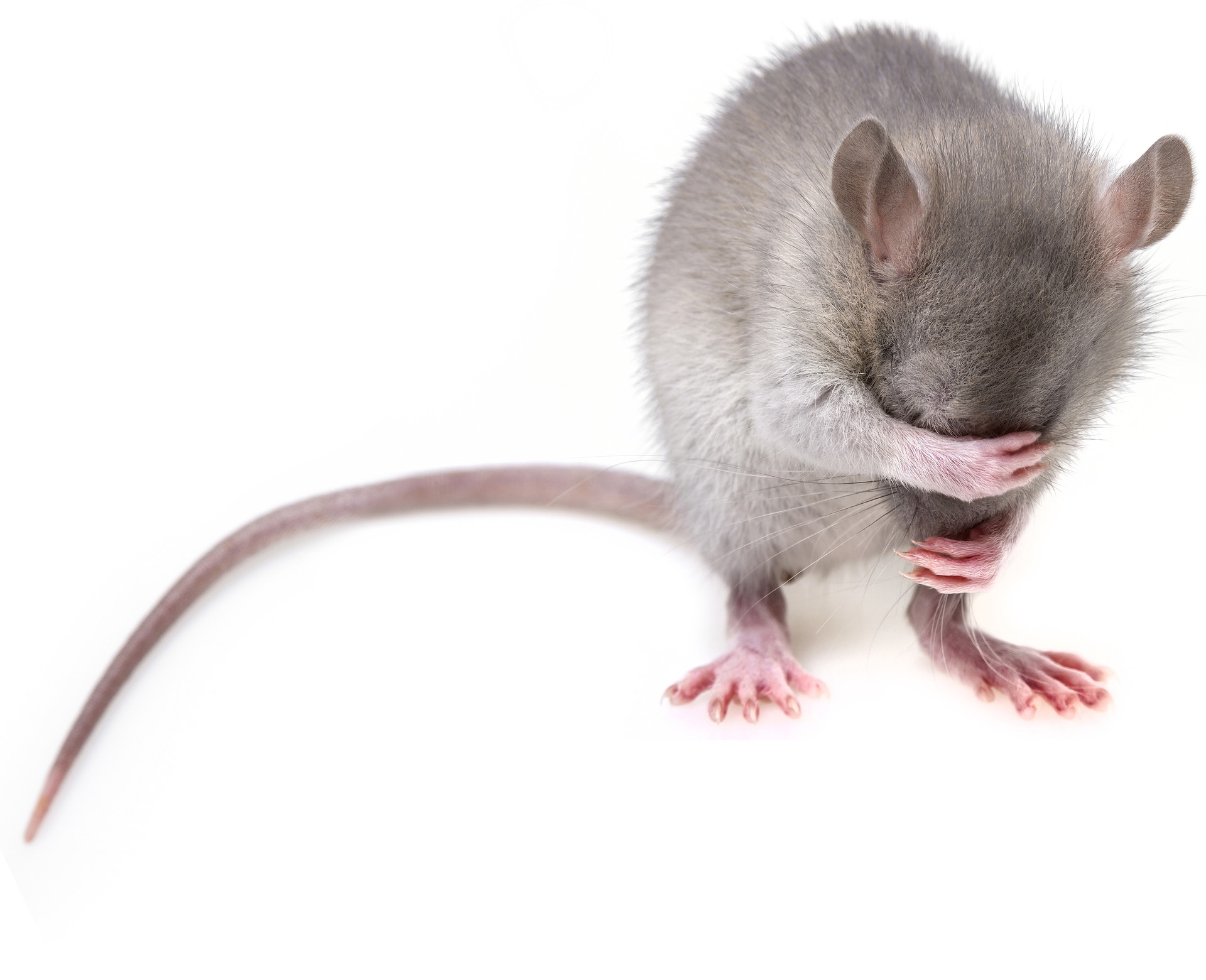Media release
From: Springer NatureDepressive-like behaviour in mice caused by night-time light explained
Mice exposed to two hours of blue light at night for several weeks showed depressive-like behaviour, indicates a paper published in Nature Neuroscience. The neural pathway responsible for this phenomenon, which was clarified in this study, may provide insight into how exposure to excessive light at night-time affects humans.
Light affects various physiological functions in mammals, including mood. Although light therapy applied in the daytime can have antidepressant effects in people with depression, excessive light exposure at night—from light pollution or electronic devices—has been associated with depressive symptoms. However, the neural mechanisms underlying this effect of night-time light are unknown.
In the new study by Tian Xue and colleagues, mice received two-hour doses of blue light at night for three weeks. The authors observed that it took up to three weeks for the animals to progressively develop depressive-like behaviour (as measured by reduced escape behaviour and decreased preference for sugar), which could last for at least an additional three weeks following the end of the experiment. The authors highlighted a neural pathway that could explain these result: a connection between a specific type of light receptor in the retina to two brain areas, the dorsal perihabenular nucleus and the nucleus accumbens. Blocking the connection between these two areas prevented the behavioural changes induced by night-time light. The authors also found that light exposure at night activated this pathway much more strongly than light during the day. This may explain why daytime light exposure did not cause behavioural changes.
If light activates the same pathway in humans, these findings could explain why exposure to excessive night-time light is associated with depressive symptoms, the authors conclude.


